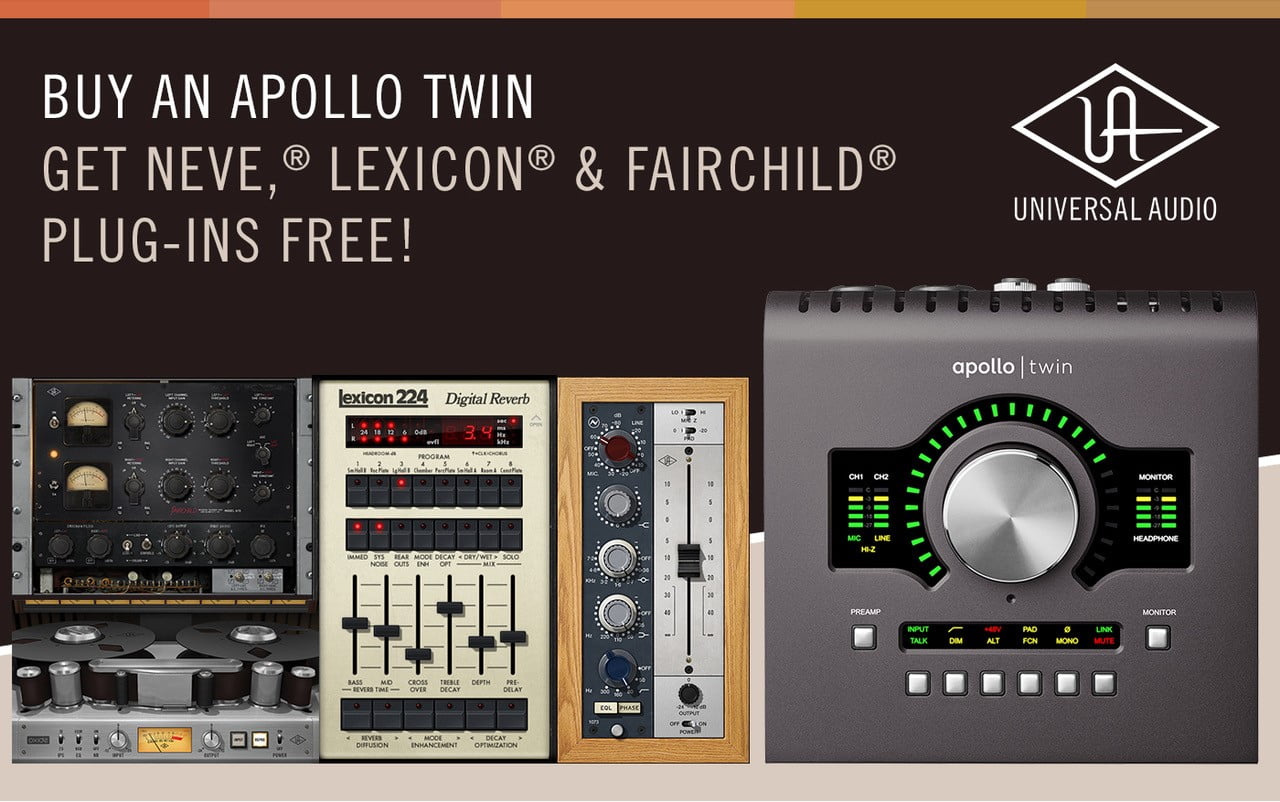

I’m a sucker for a Neve pre on rock vocals, so armed with my trusty Lawson L251 tube mic and the new Stellar X3 FET condenser by TZ Audio, it was no surprise that this plug-in shined while tracking both male and female singers on either mic. Like UA’s 1073 emulation, the 1084 has been modeled from the actual piece of hardware – the mic/line input through the Penny and Giles fader, along with the Hi/Lo impedance switch (for additional coloration options that you’d normally have to crawl under a console to achieve), plus a -20 dB pad. Not only does it add frequency options, but it also allows you to toggle wide or narrow Q on the mid band, adds a low-pass filter, and gives slightly different hi-pass filter frequency points (at 45 Hz, 70 Hz, 160 Hz, and 360 Hz). As a brief historical overview, the original hardware Neve 1084 combines the clarity and sonic characteristics of their renowned 1073 mic preamp, while extending that unit’s EQ abilities.

With the Apollo interface in my studio, I’ve been using the 1084 as a Unison™ plug-in for tracking, and also in Logic’s signal path when mixing.

Over the past couple of months, I’ve spent a great deal of time putting Universal Audio’s Neve 1084 preamp/EQ plug-in through several sessions. Seven years later it’s still a game-changer for me. For me, one of the most substantial achievements Universal Audio has made was when they implemented their Unison™ technology in 2014, allowing anyone with UA’s proprietary hardware (Apollos) to record through software preamp emulations on the way into their DAW. Twenty years later, a great deal has changed in the worlds of computing power and recording options in general, and yet still Universal Audio remains at the top of their game with their continually growing catalog of analog emulations, signal processing, and most recently virtual instruments for their new Luna platform. No one could touch what Universal Audio was doing with their digital recreations of classic analog processors. My 2003 Power Macintosh G5 may have housed only a single UAD-1 DSP Card, but at the time, I thought the world of audio couldn’t get any better. I was an early adopter of Universal Audio’s UAD plug-in platform.


 0 kommentar(er)
0 kommentar(er)
